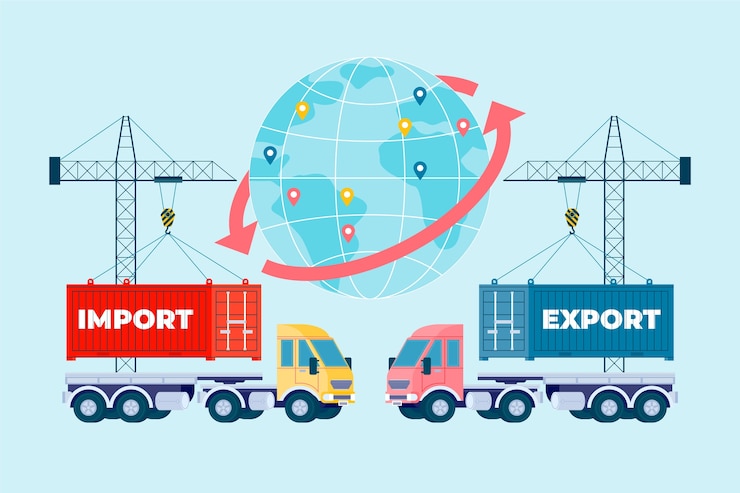Should fewer Us residents get a $1,400 stimulus test?
As Congress debates issuing a third spherical of federal “stimulus checks” to thousands and thousands of Us citizens, economists are hoping to assess just how successful these types of payments are in encouraging nurse the financial system by way of the coronavirus pandemic. The benefits have been combined, new investigate finds.
When helping hold some family members afloat, households earning additional than $78,000 have mainly socked absent the $600 test the U.S. began sending out in December, in accordance to a examine from the Chance Insights Financial Tracker, a nonprofit research team led by Harvard economics professor Raj Chetty. By distinction, households under that profits have a tendency to swiftly commit the cash.
Possibly not shockingly, these types of results recommend that reduced-money homes will need the stimulus money to shell out for bills and other necessities, though increased-profits households normally do not. A lot more revealingly, the examination highlights the disproportionate influence of the pandemic on poorer People in america.
“We see this massive discrepancy,” stated Michael Stepner, an economist with Option Insights. “Since the middle of June, the economic downturn in work opportunities for bigger money homes is about — employment has been just like it was ahead of the pandemic” since their positions can be performed remotely.
The findings come as lawmakers debate President Joe Biden’s $1.9 trillion stimulus invoice, which would include a $1,400 test for suitable people. That’s more than the two checks that so significantly have attained most U.S. homes, with $1,200 for each grownup despatched final spring and $600 for every man or woman despatched in early January.
But significantly about the pandemic has adjusted since spring 2020, when the disaster shuttered the financial state and impacted a vast vary of workers. Since then, larger-profits staff have mostly recovered their footing, with reduced-revenue personnel far more most likely to nevertheless be suffering career or profits losses.
In the meantime, Stepner mentioned, work opportunities for decrease-cash flow Us citizens are even now down about 20% compared with pre-pandemic ranges due to hits to sectors far more probable to utilize very low-wage personnel, these kinds of as dining establishments or stores.
“Those people are tens of millions of jobs that are missing, and hundreds of thousands at the bottom of the revenue distribution are even now out of work,” he said.
The exploration might deliver ammunition for lawmakers who have criticized the stimulus checks as failing to deliver focused reduction, these as Senate Minority Leader Mitch McConnell, who described an previously work to ship $2,000 stimulus checks as “socialism for prosperous folks.” The Biden administration claims two-thirds of checks have gone to people with less than $90,000 in cash flow.
By analyzing credit rating and debit card expending information, Stepner and his co-researchers Chetty and John Friedman discovered that households with yearly profits under $78,000 immediately improved their investing in January, jumping virtually 8 proportion points in the two weeks just after the $600 checks had been disbursed.
But paying barely budged among the homes with incomes above that amount. Their investigation estimates that people earning in excess of $78,000 will shell out only $45 of the $600 payments they obtained.
“Better bang for the buck”
These findings are increasing questions for Stepner and his co-scientists about whether sending a 3rd stimulus check to both minimal- and greater-cash flow families alike is an successful use of government aid aid.
Delivering a $1,400 verify to households that gain about $78,000 would price tag the federal government $200 billion, but the economists estimate that only $15 billion of that would be used and recycled into the economy.
“If we are likely to deliver income to persons, we want it to encourage the economic system,” Stepner reported. “Focusing on the payments to reduce-profits households gives you a significantly higher bang for the buck.”
To be guaranteed, this evaluation is just not likely to be a well known with family members earning additional than $78,000 who could be in line to receive a $1,400 for every particular person check out in the upcoming couple months. The very first stimulus look at was sent to more than 30 million home earning over $75,000 — which include 400,000 households with incomes higher than $200,000, according to not long ago introduced IRS details.
All those larger-money households may be extra very likely to spend their $600 checks the moment the pandemic ends — on postponed vacations, likely out to take in at restaurants, enjoying reside theater or music or other activities that have been put off during the pandemic, for instance. Meanwhile, lots of families as effectively as the overall economy are hurting now, which Stepner says is an argument for concentrating the following round of reduction help on supplying speedy assist.
Improved approaches to improve development
Other economists have also argued that the stimulus checks, although well-liked, usually are not the most powerful sort of financial stimulus, which includes Mark Zandi, main economist at Moody’s Analytics. In a January 15 study take note, he wrote, “Much of the revenue goes to households that do not want the funds and will help you save a whole lot of it, at the very least to begin with.”
The enhance in economic growth is more compact for stimulus checks than other forms of government shelling out, with food stuff stamps and added unemployment assist both of those additional effective, Zandi famous.
But a lot of substantial-cash flow Us residents say they require the stimulus dollars, also. Pretty much fifty percent of households with incomes over $150,000 claimed they desired the stimulus checks for monetary balance, according to a the latest survey from Credit rating Karma.







